Optimal Timing for Foundation Repairs
Foundation repairs are most effectively performed during periods of stable weather. Dry seasons help prevent water infiltration and soil expansion or contraction, which can complicate repair processes. Cooler months with moderate temperatures also reduce the risk of material warping or curing issues.
Dry, moderate weather minimizes soil movement and allows for better adhesion of repair materials.
Heavy rain can cause soil shifting, leading to further foundation issues during repairs.
Spring and fall often provide ideal conditions due to balanced temperatures and lower precipitation levels.
Planning repairs during favorable weather windows can reduce delays and improve outcomes.
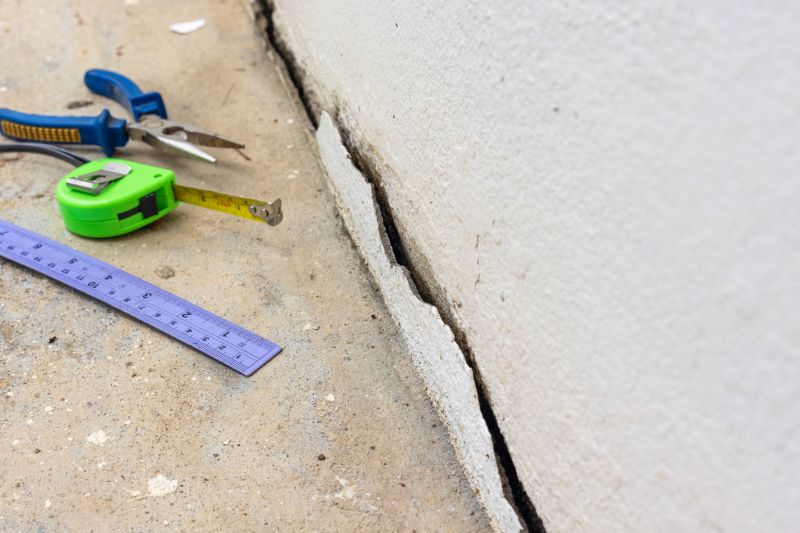
Ways to make Foundation Repairs work in tight or awkward layouts.

Popular materials for Foundation Repairs and why they hold up over time.
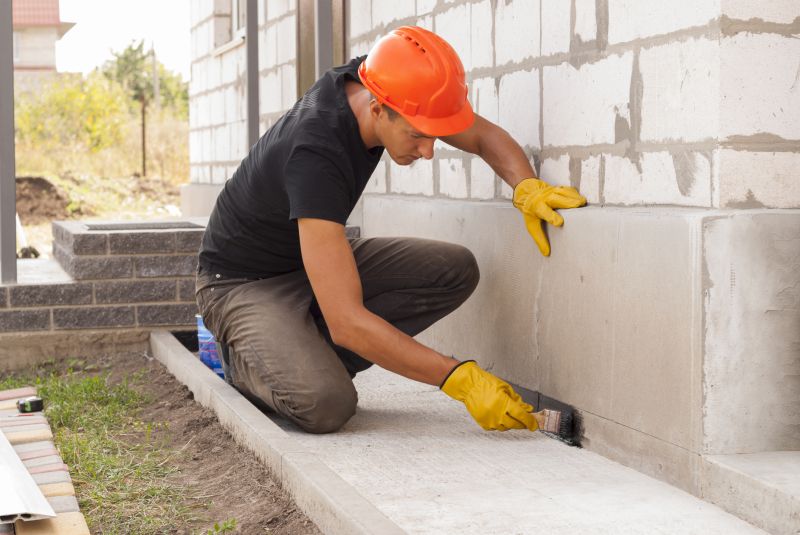
Simple add-ons that improve Foundation Repairs without blowing the budget.
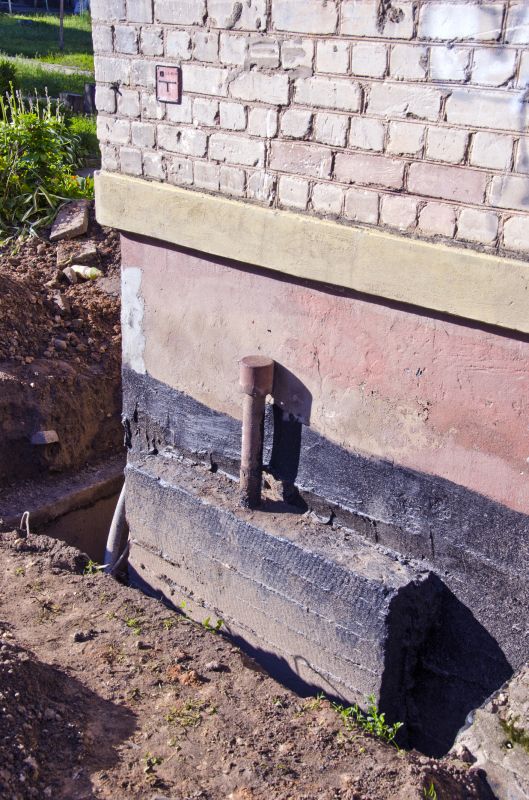
High-end options that actually feel worth it for Foundation Repairs.
Foundation repairs address structural issues caused by soil movement, water infiltration, or settling. Timely intervention can prevent further damage and costly repairs. Properly timed repairs during favorable weather conditions ensure better adhesion of materials, quicker curing times, and reduced risk of future movement. Statistics indicate that foundation issues can lead to significant property devaluation if not addressed promptly, emphasizing the importance of scheduling repairs during optimal periods.
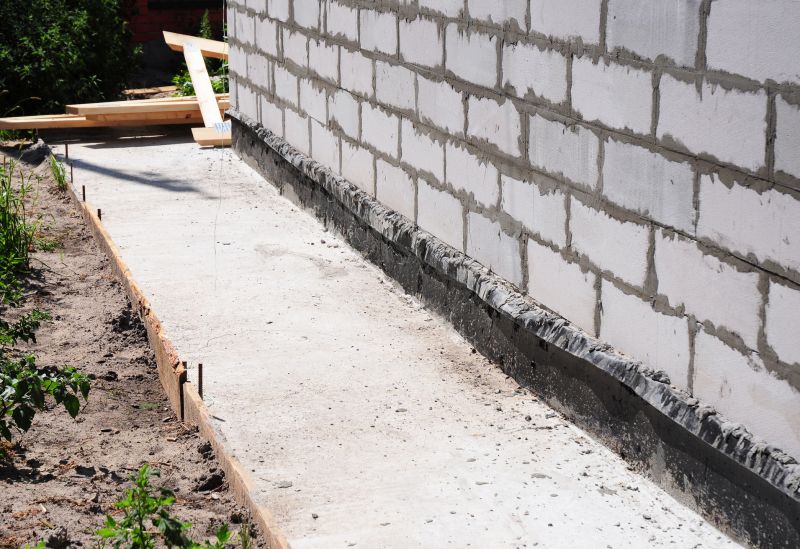
Finishes and colors that play nicely with Foundation Repairs.
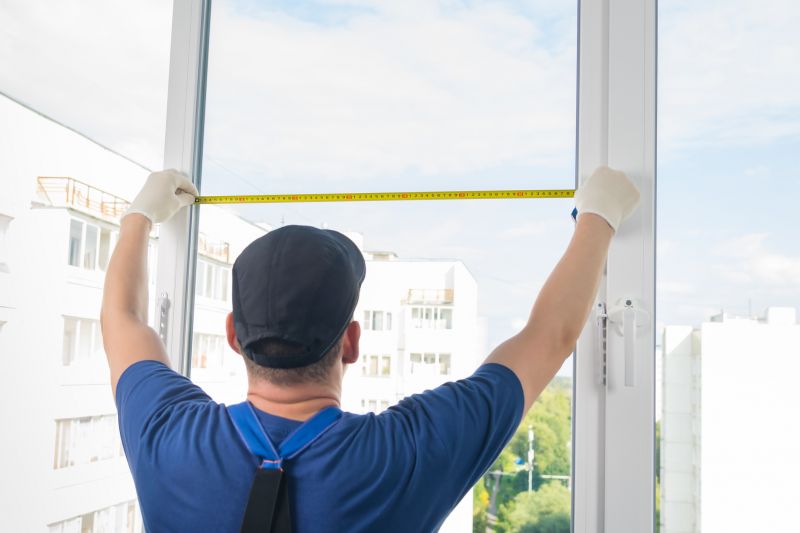
Little measurements that prevent headaches on Foundation Repairs day.
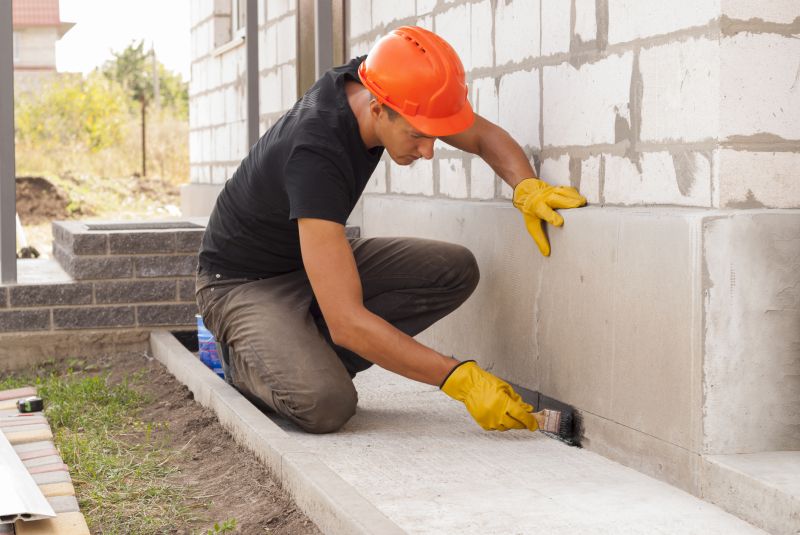
A 60-second routine that keeps Foundation Repairs looking new.
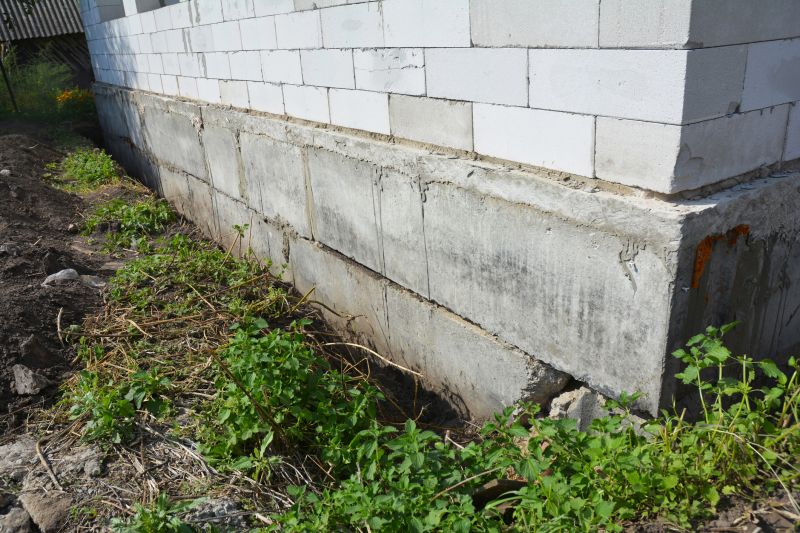
A frequent mistake in Foundation Repairs and how to dodge it.
| Season | Best Practices |
|---|---|
| Spring | Monitor soil moisture and schedule repairs before heavy rainfall. |
| Summer | Avoid repairs during peak heat; focus on inspections and planning. |
| Fall | Ideal for repairs due to moderate temperatures and lower precipitation. |
| Winter | Generally not recommended due to cold temperatures and soil freezing. |
Choosing the right time for foundation repairs depends on weather patterns and soil conditions. Proper timing can improve the durability and effectiveness of repairs, preventing future issues. Consulting with foundation specialists can help determine the optimal window for repairs based on local climate and soil behavior.
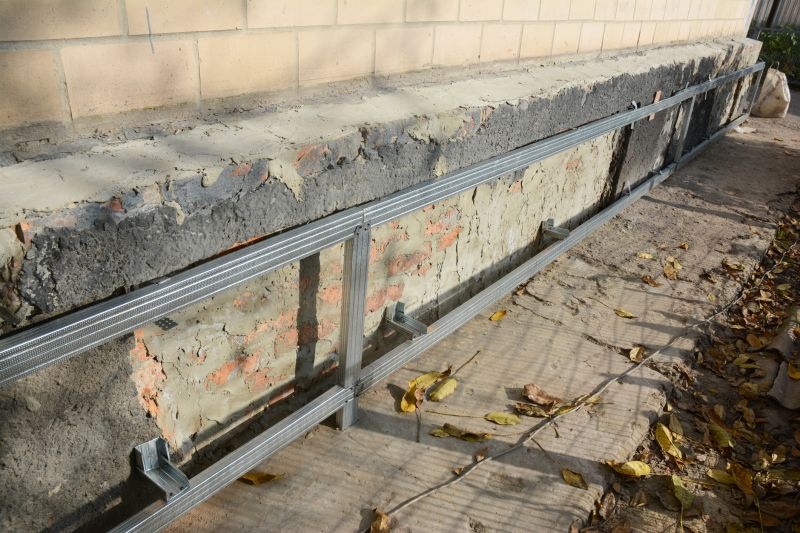
Small tweaks to make Foundation Repairs safer and easier to use.
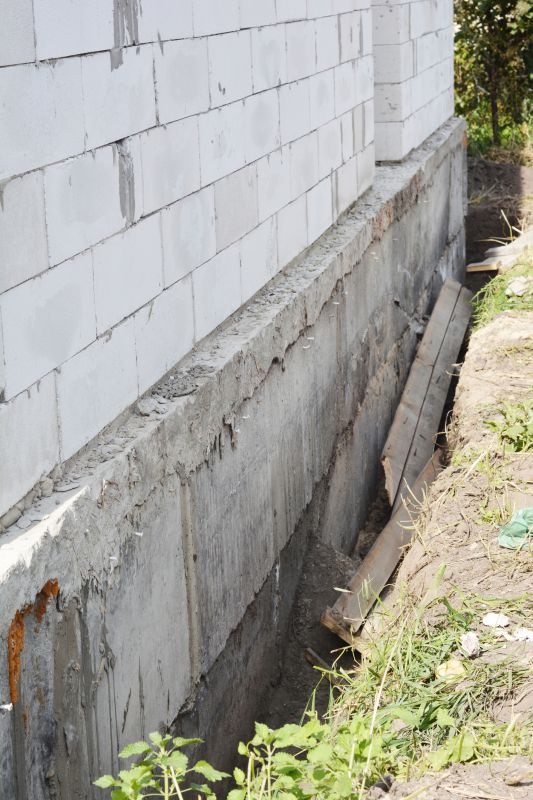
Lower-waste or water-saving choices for Foundation Repairs.
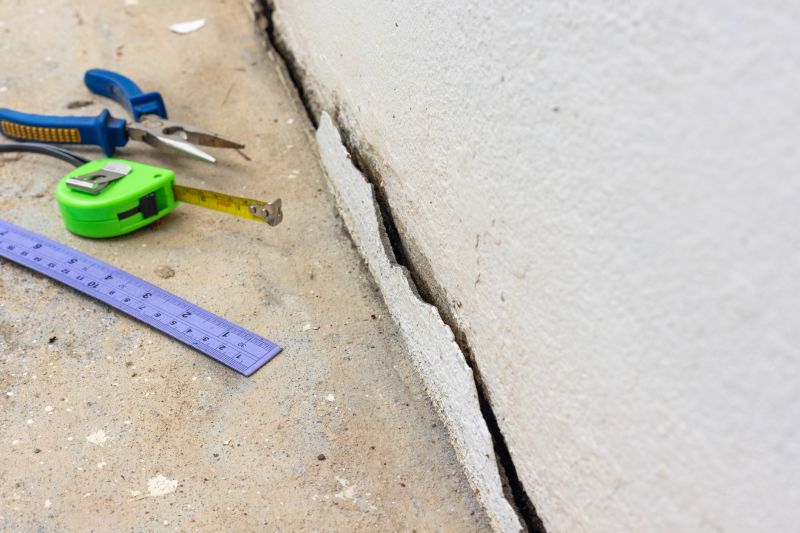
The short, realistic tool list for quality Foundation Repairs.
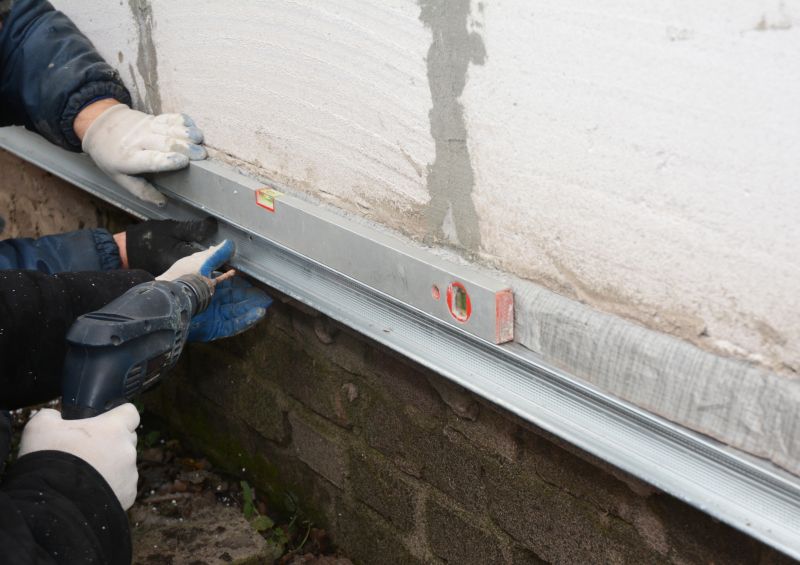
Rough timing from prep to clean-up for Foundation Repairs.
Timely foundation repairs can prevent extensive structural damage and preserve property value. Proper assessment and planning, aligned with favorable weather conditions, are essential for effective restoration. Interested property owners in New Albany, Indiana, should consider scheduling inspections and repairs during optimal periods to ensure long-lasting results.

